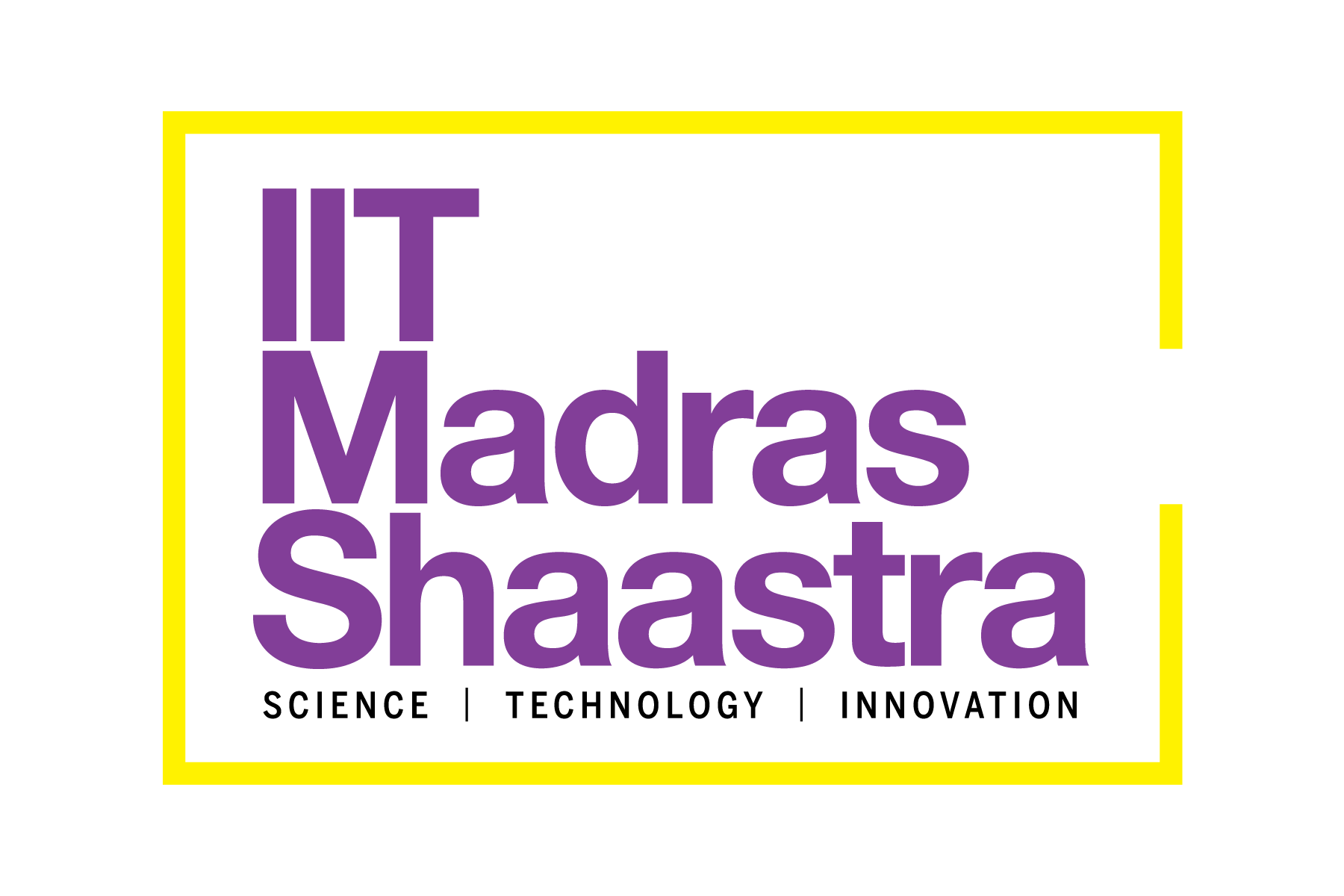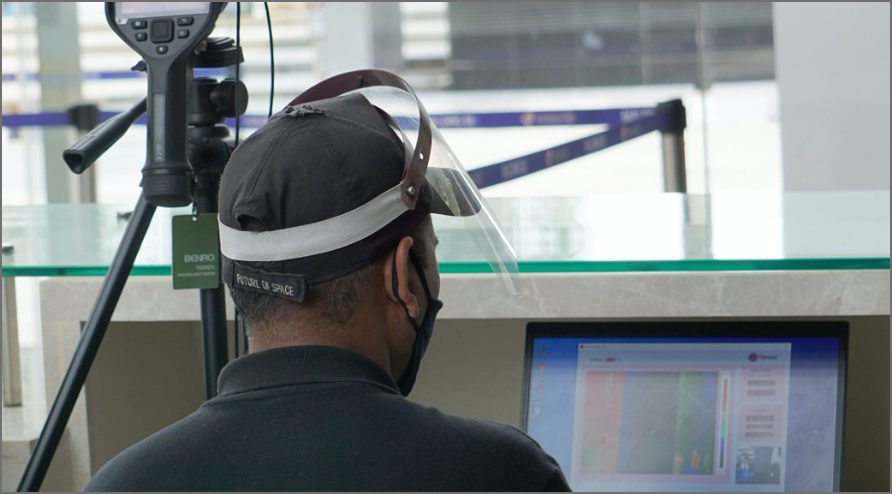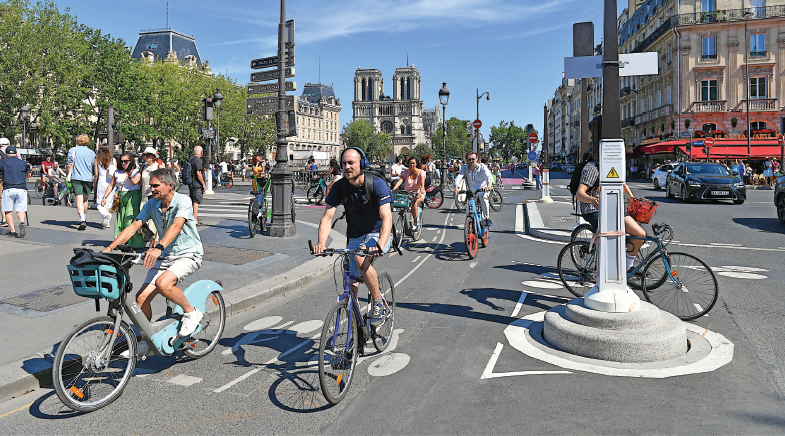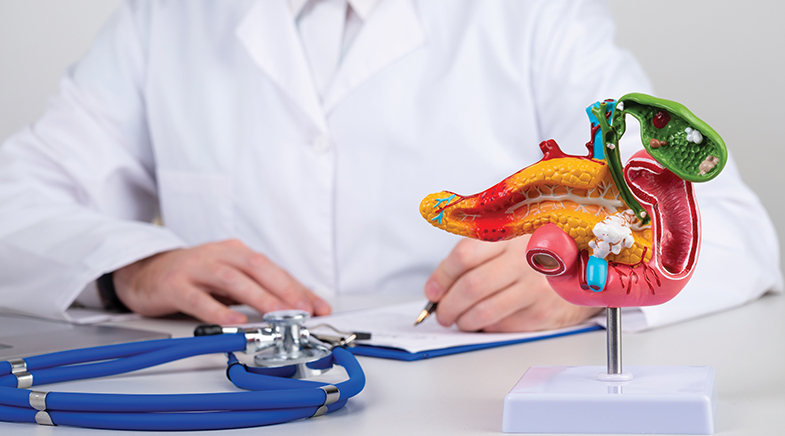A special glove lends a hand
-
- from Shaastra :: vol 04 issue 09 :: Oct 2025

Enabling users with mobility problems to run a pedal-operated device.
Aglove designed for individuals with restricted limb movements promises to open employment doors. Developed by researchers at the Salem-based Sona College of Technology, it enables users to manage a pedal-operated sewing machine with their hands. This strengthens prospects for work in the garment sector.
Garment manufacture using industrial sewing machines requires hand-foot coordination; the foot pressure on the pedal governs the speed of the machine, while hands direct the sewing. People with restricted limb movements due to reasons such as amputation, disease, or age find it difficult to operate foot-pedal-based sewing machines.
Researchers from the institute — D. Raja, K. Mani, G. Gunasekaran and S.S. Suresh — have now developed a user-friendly glove that enables the motor of a sewing machine to be turned on or off with palm pressure instead of foot pressure. This recently patented glove, which costs ₹7,000, is made of nylon spandex, a fabric that offers comfort and flexibility. The glove has a haptic sensor at the lower palm area, which detects palm pressure. The wrist area features a wireless transmitter that catches wireless signals from the sensor and relays them to a microcontroller, which starts or stops the machine motor based on the palm pressure signals. This set-up can be easily retrofitted in an existing pedal-operated sewing machine.
The glove has a haptic sensor that detects palm pressure and a wireless transmitter that catches signals from the sensor and relays them to a microcontroller.
The team recognised the need for suitable technology during a garment-making training programme in a Tamil Nadu village, where they found that some women with restricted lower-limb mobility were unable to operate industrial sewing machines. Before developing the haptic gloves, the team explored two alternative solutions to the problem: it developed a load cell plate method in 2016 and an Infrared (IR) sensor-based method in 2020. For the former, instead of pressing a pedal with the foot, the operator places a hand on the plate and presses it to regulate the stitching speed; in the latter, the sensor detects the presence of a hand at a particular spot on the sewing machine and starts operating, switching off when the hand is removed.
"In the load cell method, they need to put a little pressure on the plate, and in the IR technology, they need to keep their hand at a particular place. To keep the hand free, we migrated to this wireless haptic glove technology," Raja elaborates. With the user-friendly and comfortable hand device, the scientists hope to make the world just a little more inclusive.
Have a
story idea?
Tell us.
Do you have a recent research paper or an idea for a science/technology-themed article that you'd like to tell us about?
GET IN TOUCH














